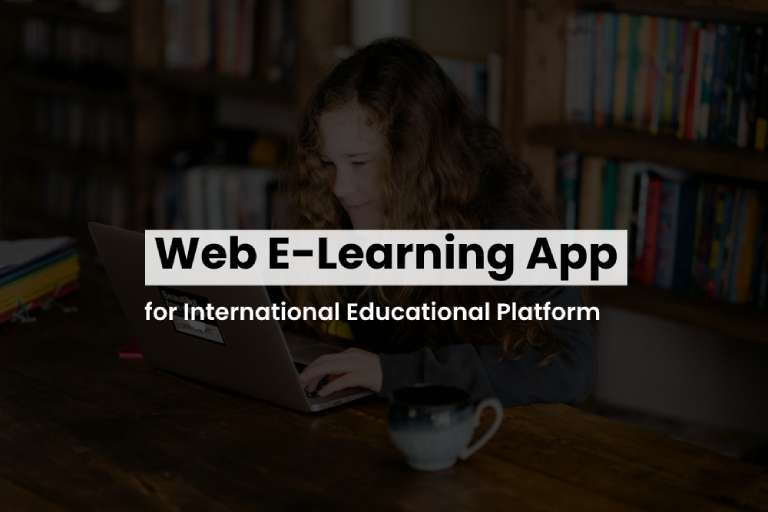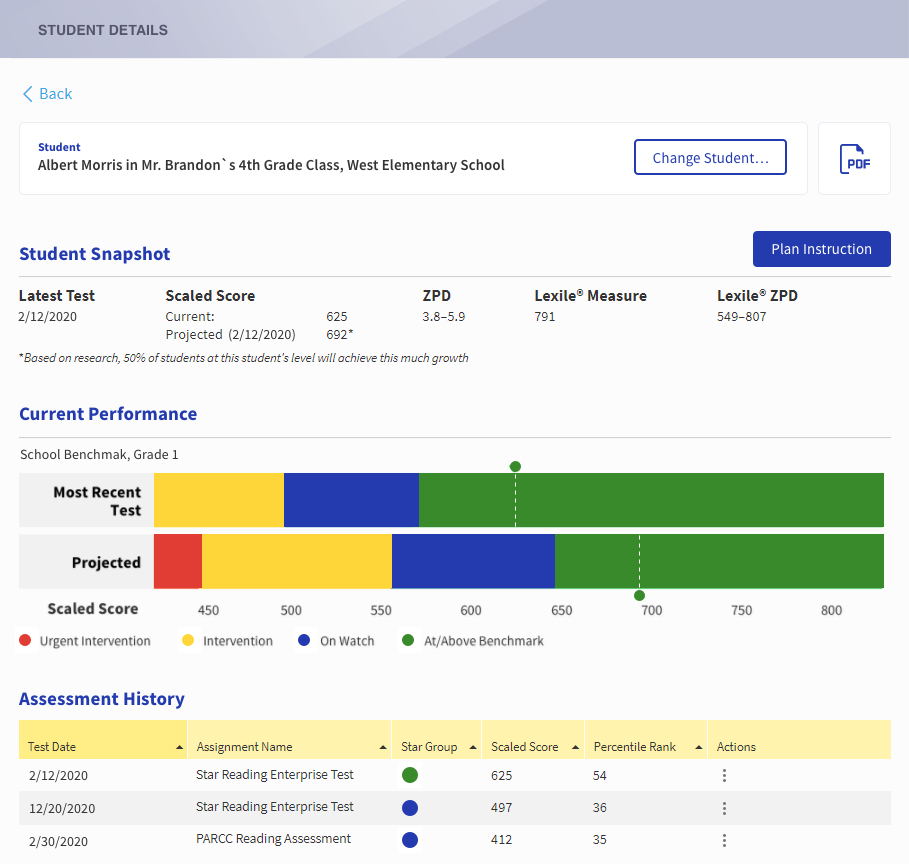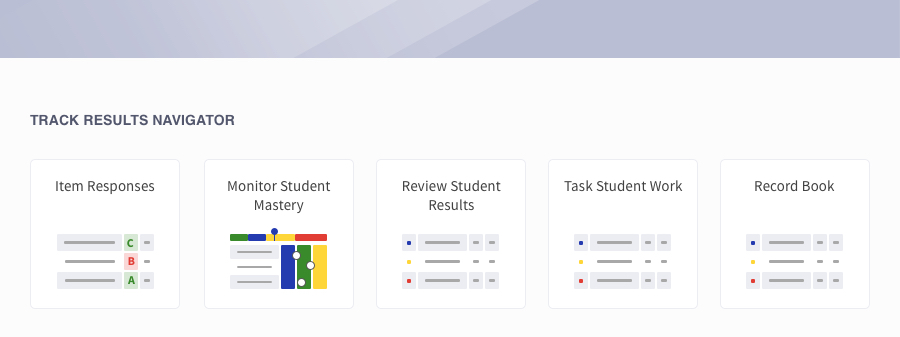Implementing Data Analysis for Operational Optimization and Increased Business Performance
Businesses today have access to more data than ever before, from customer transactions and interactions to operational metrics and financial …
 09 | 06 | 2020
09 | 06 | 2020
Imagine early morning during weekdays… The alarm clock is beeping madly. One is making himself ready, packing his schoolbag, taking a snack and moving next door to log on to his computer and start a new school day. Sounds familiar? Yes, you’re right, it is an e-learning .
This time we would like to share with our audience a really interesting and, what is more, highly actual project outstaffed to Agiliway by a US client in the sphere of education. What exactly the telling is going to be after? Understandably, e-learning, online education platform oriented at wide target users of different age and status starting with teachers and ending with children and their parents.
What about the project topicality mentioned then? We all are rather exhausted because of the current situation in the world called a coronavirus pandemic. In the framework of the quarantine measures including social isolation, the schools are closed, and students have no choice but to study from home; we call it distant learning. Consequently, a new learning mode calls for a range of new skills and experience. Innovative learning platforms make a difference to the world and schooling as we have them nowadays.
So, the project mentioned was a great learning platform, which combined many micro-products located in one system. The system developed was focused on the educational staff as well as the students. The platform’s functionality allowed the teachers to set their lesson preferences, to track the students’ progress, to impose the restrict access, to receive automatic mailing on students’ success in studying and much more. They could give the home assignments (reading mainly) from different resources like libraries or while downloading it from the internet. In their turn, the students were granted an opportunity for on-line testing in a wide range of subjects; they could read the studying material online and add necessary notes.
READ ALSO: MOBILE APPLICATION DEVELOPMENT FOR A BOOKING PLATFORM
What is more, the system included a daily mailing of student activities and web-based solutions for schools to simplify students’ progress monitoring for different subjects.
The project model the customer had in mind was based on wide scalability, functionality and, subsequently, multitasking. It was to have a simple, clear and user-friendly structure and interface to serve both the teaching staff and students/adults. As a result, the structural platform’s components were frequently various assessment tables, graphics, charts, etc. for better information visualization and assimilation. A customized Kanban board was developed to provide users with certain lesson planning and assessments.
In order to work successfully, our team was to faced several challenges: learn how to work with AWS (Amazon Web Services) and understand all the details and specifications of the related projects. Soon, our developers have become of great use for the whole project providing technical support to other teams. We also learned how to work with new code and cooperate with different teams.
Three main development components of the web application could have been outlined. Back-end was developed with .Net framework. The client had his local development team of engineers and managers. At the moment of his turning to Agiliway, they started a smooth and gradual transition from .Net 4.5+ to .Net Core due to micro service product architecture. So, the customer needed engineers proficient in .Net technologies.
Front end development was worked out with Angular JS and Angular 2 along with relative libraries for graphic solutions and assessment data properly structured. Angular JS, as a JavaScript open-source web framework, was meant to simplify both the development and the testing of the web application. Angular libraries were used to:

Cloud Computing services such as AWS, Redshift, Amazon Lambda, S3 were used to store, retrieve, operate and apply data of any format and volume easily and quickly. As the e-learning project under discussion comprised big data sets, the cloud techniques used added to the product development considerably.
On combining the mentioned development techniques successfully, our engineering team managed to develop certain sub projects along with certain features integration:

As the end-product, the client got a completely functional Education Management System (EMS), which allowed producing, managing, storing educational data; analyzing and reporting educational information including schools, students, teachers and staff. Multifunctionality, scalability but the simplicity of the platform serves to the fact that currently the application has been widely used internationally.
READ ALSO: ELASTICSEARCH AND SOLR DEVELOPMENT AND IMPLEMENTATION
Businesses today have access to more data than ever before, from customer transactions and interactions to operational metrics and financial …
Conversational AI systems can engage in natural conversations and dialogue with humans. Powered by machine learning and natural language processing, …
The decision between hiring a software development company or a freelancer can be challenging for business owners who are looking …